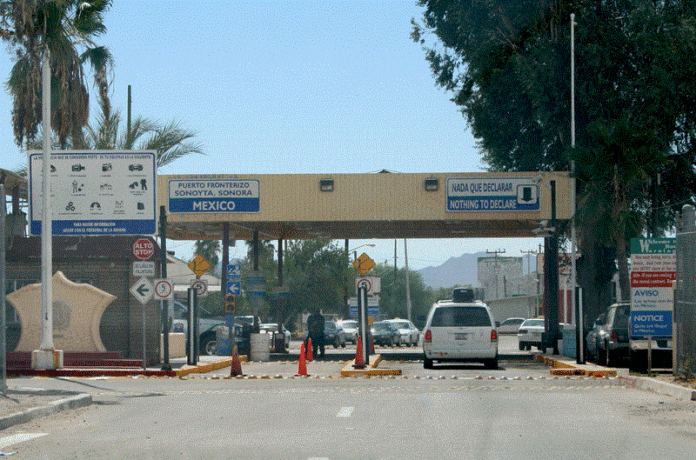Mexican drug cartels have extended their reach across the entire US-Mexico border, exerting control over various illicit activities on both sides. In recent years, these organizations have diversified their revenue streams by engaging in migrant smuggling and producing highly addictive substances like methamphetamine and fentanyl.
Traditionally, the primary objective of these cartels has been to dominate the narcotics trade and maximize profits. To achieve this goal, they aim to establish control over smuggling routes into the United States, often using violence to assert their dominance.
The dynamics have shifted in recent years as cartels have integrated migrant smuggling into their operations, utilizing the same corridors they previously used for drug trafficking. This has made it a lucrative business, with migrants paying significant sums – up to $15,000 or more – to be smuggled into the US.
However, these individuals are viewed merely as “cargo” by the cartels, placing them at risk of kidnapping, human trafficking, and even death. To facilitate their operations, cartels have established complex systems for smuggling migrants, including single adults, families, and unaccompanied minors.
In some areas, such as South Texas, smugglers use colored wristbands to identify migrants and track their payments or outstanding debts. In the El Paso region, cartels often force migrants over the border wall into remote desert areas, where many have perished due to exposure and heat-related illnesses.
The cartels’ presence extends beyond traditional drug trafficking, with operatives now involved in gun smuggling as well. US citizens are frequently caught with narcotics at ports of entry, while others unwittingly facilitate migrant smuggling by transporting them to the interior of the country.
The recent Border Report livestream explores how these developments have transformed life on and around the border, highlighting the far-reaching consequences of cartel activities.
Source: KTSM






